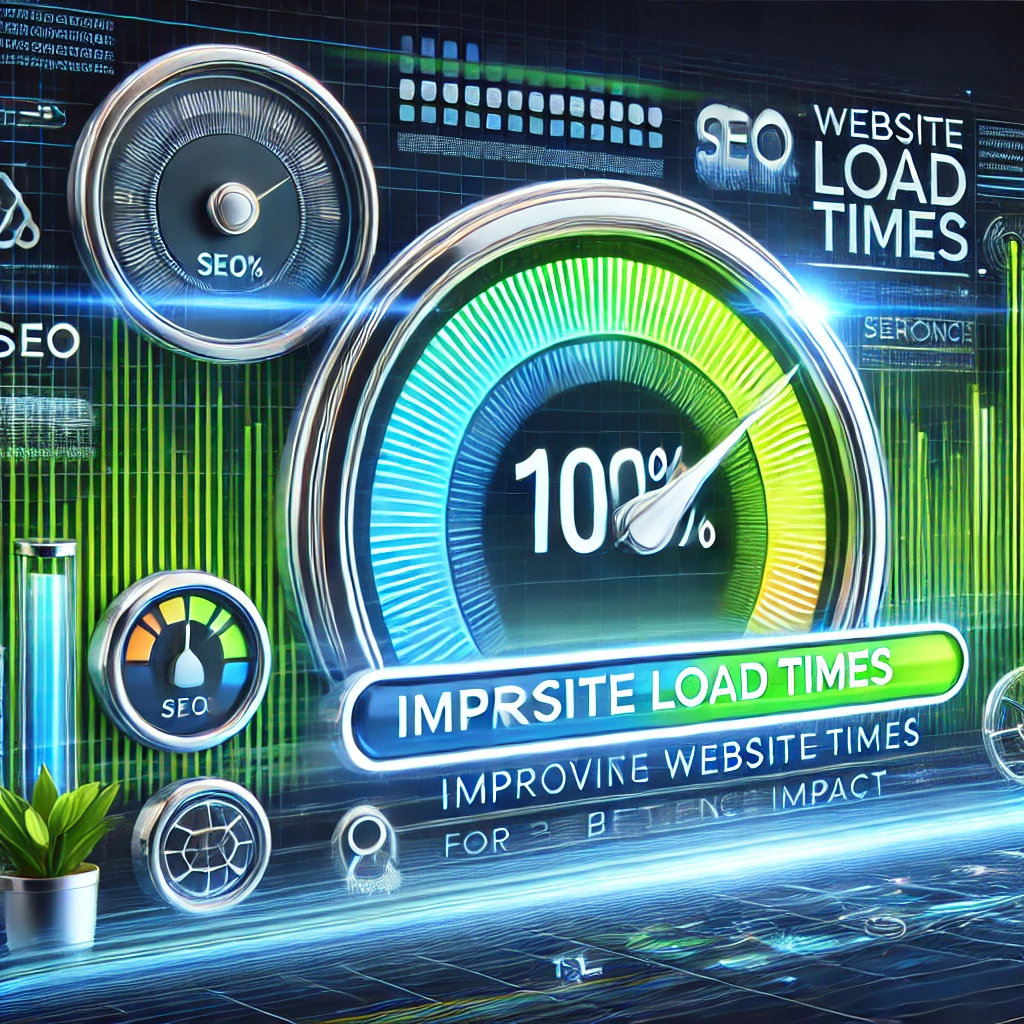In today’s fast-paced digital world, website speed is a critical factor that can significantly impact your search engine rankings and user experience. A slow-loading website can frustrate visitors, deter potential customers, and negatively affect your SEO efforts.
Why Website Speed Matters for SEO
- Improved User Experience: Faster load times lead to higher user satisfaction and engagement.
- Lower Bounce Rates: Visitors are more likely to stay on your website if it loads quickly.
- Higher Search Engine Rankings: Google and other search engines prioritize fast-loading websites in their search results.
- Increased Conversions: Faster websites can lead to more conversions and sales.
Key Strategies to Boost Website Load Times
- Optimize Images:
- Compress images without compromising quality.
- Use appropriate image formats (e.g., WebP, JPEG, PNG).
- Resize images to the exact dimensions needed.
- Minify CSS and JavaScript:
- Remove unnecessary characters and whitespace from your code.
- Combine multiple files into fewer, smaller files.
- Leverage Browser Caching:
- Enable browser caching to store static files locally, reducing load times for returning visitors.
- Optimize Server Response Time:
- Choose a reliable hosting provider with fast servers.
- Implement server-side optimizations like caching and compression.
- Reduce HTTP Requests:
- Combine CSS and JavaScript files.
- Minimize the number of external resources.
- Enable GZIP Compression:
- Compress files before sending them to the browser, reducing transfer size.
- Use a Content Delivery Network (CDN):
- Distribute your website’s content across multiple servers worldwide, improving load times for users in different locations.
Measuring Website Performance
To track your website’s performance, use tools like:
- Google PageSpeed Insights: Provides a detailed analysis of your website’s speed and offers recommendations for improvement.
- GTmetrix: Offers similar insights and provides additional information on server response time and waterfall charts.
- Pingdom: Provides in-depth performance reports, including load time, page size, and server response time.
By prioritizing website speed and implementing these optimization techniques, you can significantly improve your website’s performance, enhance user experience, and boost your search engine rankings. Remember, a fast website is a happy website, and a happy website is a successful website.
